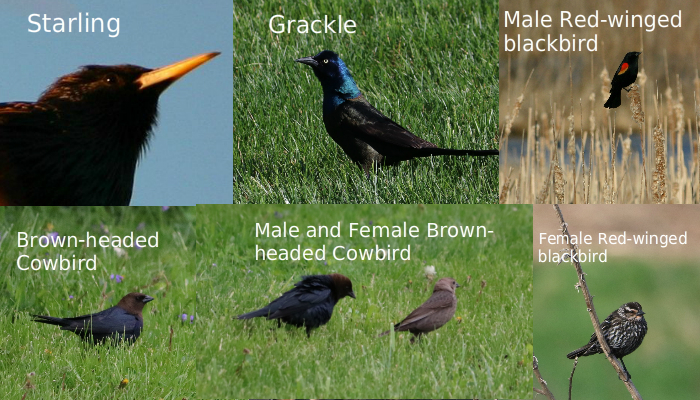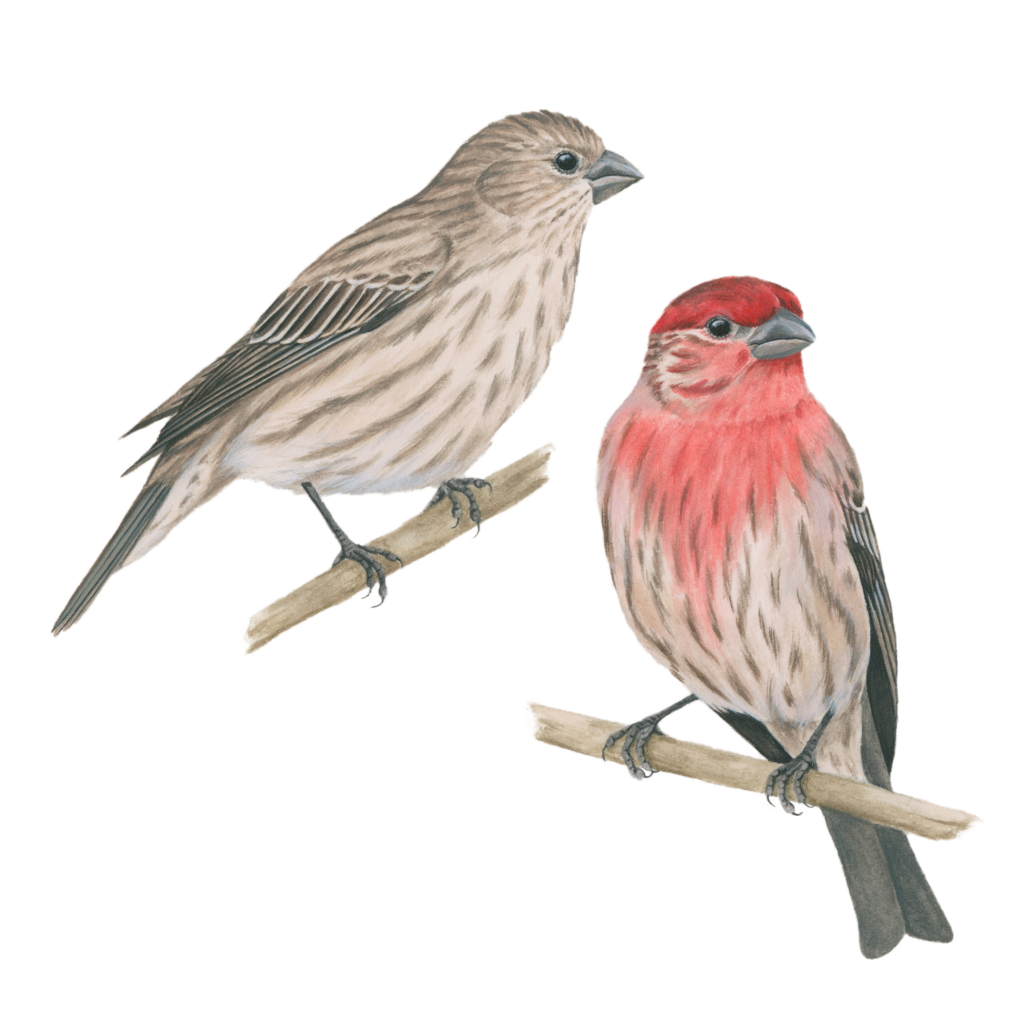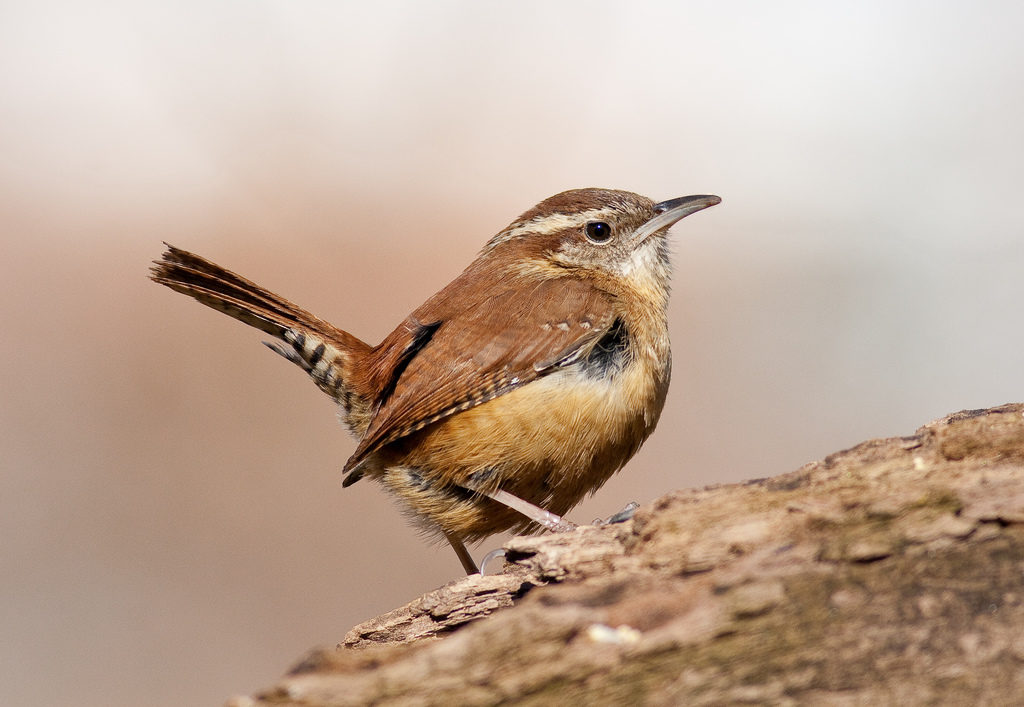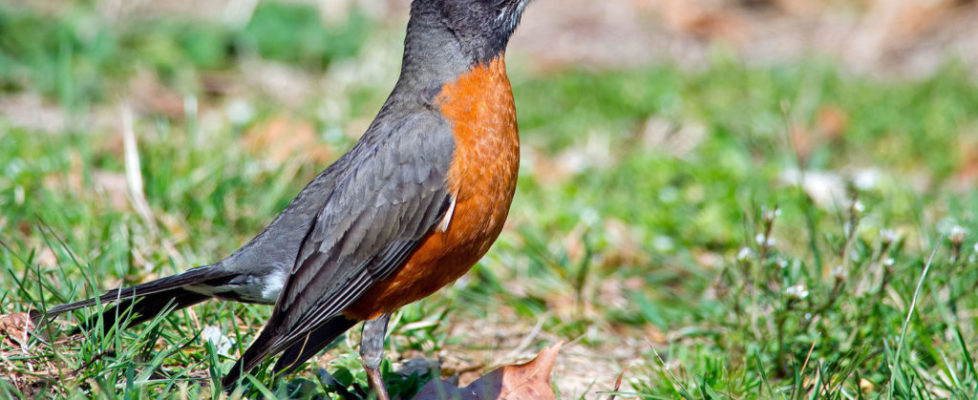The World Out the Window
In the world we’re living in for now, it’s a source of solace to me to see how little nature seems to notice or care. The willows have greened, crocuses and daffodils are in bloom, and on a warm day, the turtles in the duck pond down the road from where I live are stacked up on a log…no need for social distancing when there’s a sunny spot to be shared.
Of course, even those of us who are spending much time alone—or in the company only of loved ones—still have the balm that going outside provides. Walks, especially in nature, are encouraged…as long as you keep enough distance between yourself and others. This can provide essential succor for the soul.
But even if you are stuck inside, there’s plenty to be seen out the window, especially in this season. Merely scanning the trees in view can reveal the way the changing season is matched by changing bird behavior.

For example, sporadically through each day, the trees around my house fill with clamorous blackbirds.
Already I’ve identified four freely intermixing species: European Starlings, Common Grackles, Brown-headed Cowbirds, and Red-winged Blackbirds. (I guess that Rusty Blackbirds could be up there, too, but I haven’t glimpsed one.)
Sometimes the flocks come swooping down to the nearby bushes and lawns on a multi species raid, but much of the time they’re just perched up there, squawking away. (It’s very strange to hear Red-wings giving their familiar “Conk-a-REE!” call from 75 feet above your head.)
But interesting sightings aren’t limited to the treetops. In the past week or so, robins have invaded the neighborhood’s lawns—and they’re not the patchy, skinny birds we see in windblown flocks in the winter, but brightly plumaged and well-fed as they resume their place as perhaps our best-known nesters. The darker, more vivid males are already keeping a close eye on the females.
Other birds have already paired up for breeding season. In fact, the two House Finches that regularly visit our backyard feeder have been a couple for at least a month. Turns out that these little finches are, in fact, among our earliest songbirds to settle into a season-long relationship. This jumpstart on the breeding process allows them to produce multiple clutches each year.

From Celebrate Urban Birds.
Something else I learned about House Finches: The males’ lovely reddish color doesn’t come from a pigment they create, but from the food—berries above all—they eat. Females tend to choose the brightest males, scientists believe, because these males are seen as the hardest workers, the ones most likely to bring home the most food for the brood.
My yard’s Mourning Doves have also become a couple. Though they pick at the safflower seeds in our feeder, they like our back deck even better for sunning, spreading out as flat as they can to soak up the warmth.
Something I’ve noted and wondered about—three Mourning Doves flying in what seems to be tight formation—turns out to be a kind of behavioral display. The lead bird is the male of a mated pair and one of the close followers is a single male ousting the potential invader from its territory.
The third bird? The mated female. Why she joins the chase—instead of teaming up with her mate—appears to be unknown. Maybe she’s just getting a moment’s revenge for all the harassment female birds typically receive in this season.

The third paired-up regular visitors to the feeder, either skulking around under the table on the deck or singing loudly from an exposed perch, are Carolina Wrens. It’s hard to believe it now, when the birds are one of our most noticeable permanent residents (and one of the only species to sing regularly all winter long), but they weren’t always common in our region. In fact, they were most abundant in the South. (Hence the name.)
In recent decades, due to both warming temperatures and the combination of deforestation and reforestation (both of which create the brushy tangles they prefer), the wrens have moved steadily northward in both range and abundance. Today, few suburban streets aren’t given the gift of that ringing “teakettle, teakettle, teakettle, tea!” song.
I love all these species for their very familiarity. But as I write this, just past the first day of spring, the show through the window—and on our streets and in nearby preserves—is about to grow far richer. Warblers, tanagers, orioles, and other gems are already on their way, and I can hardly wait.
by Joseph Wallace Copyright © 2020



